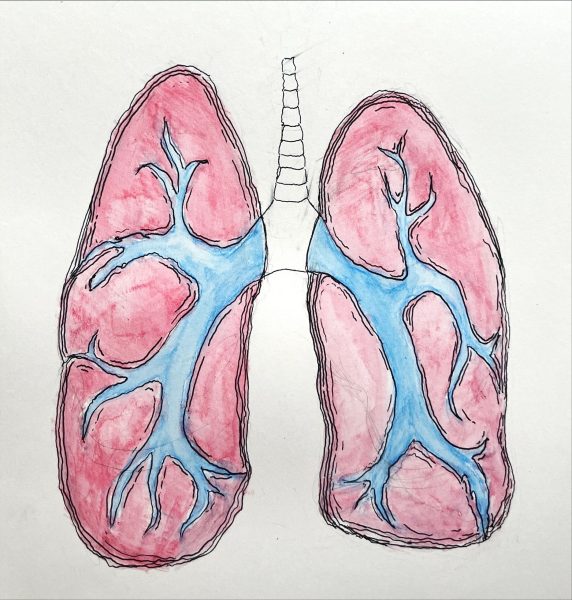Confusion about condoms
April 20, 1989
“Hey, did you see the new condom machines in the restrooms? Do you think anyone buys those things? Fifty cents for a condom! Do they think we’re made of money? Are these name-brand condoms or generic ones?”
These are some of the comments we’ve heard in the few weeks since the new condom vending machines were installed at locations around campus. To answer these and other questions, a primer on condoms and condom vending is in order. To help prevent the spread of sexually transmitted diseases on the campus, it has been one of our objectives to make obtaining comdoms as easy as possible for those students who want condoms. For us, this means distributing condoms during our presentations in academic classes, residence halls and student organizations. Condoms will still be available at no charge in the Health Service waiting room; and now students can purchase condoms relatively anonymously at vending machines located in men’s and women’s restrooms scattered around campus.
The condoms in the vending machines cost 50 cents apiece and contain instructions for use. The vending machines are available whenever the buildings in which they are installed are open. During the summer, additional printed information will be available at the machines. The machines are located in the restrooms at the following locations: Holmes Student Center (level between Bookstore and Campus Activities Board), Health Service (west entrance), Founder’s Library (adjacent to vending area), Campus Recreation Center (locker rooms), Gabel Hall (locker rooms), Anderson Hall (central locker area), and all residence hall main lobbies.
While condoms can be very effective in preventing sexually transmitted diseases (STDs), the only 100 percent effective means is abstinence from sexual intercourse and other activities which increase your risk of becoming infected with a disease. Another means of preventing STDs is to have sexual relations with only one person who is disease free and who has sexual relations only with you. Condoms remain the next best alternative.
All of the condoms distributed on campus are of a high quality and contain a spermicide called Nonoxynol-9 which offers further protecton from accidental pregnancy and disease infection. Condoms are not 100 percent effective. How you store, handle and use them are the biggest reasons for condom failure. Yes, defective condoms do get placed in circulation. This is unavoidable, but occurs only in extremely small numbers.
Success with condoms, like most things in life, comes with familiarity and practice. Your first experience with condoms should not be when you’re most concerned with other matters. Catch my drift? Practice opening them, putting them on and getting used to the feel of them. Women, as well as men, should be comfortable with them before the first time they are used for intercourse.
Contrary to public perception, not all condoms are made exactly the same. There are subtle, yet important, differences between companies and between varieties made by the same company. Condoms do not come in small, medium or large; but length, width and thickness can all vary significantly. These differences may account for some of the reasons why some men do not like wearing condoms. Experiment! Buy different varieties to see which ones feel right for you and your partner.
In a recent survey conducted by Consumer’s Reports, 3,300 readers were asked questions about condom use and preferences. The main advantages and disadvantages of condoms were reported. Men mentioned “peace of mind,” “ease of use” and “less stimulation, prolongs sex” as major advantages. Women mentioned, “peace of mind,” “lack of side effects” and “convenience as advantages.”
Men reported “interrupts lovemaking,” “reduced sensation” and “prompt withdrawal required” as major disadvantages. Women reported the same disadvantages as men.
It was interesting that nearly the same percentage of men felt that reduced sensation was a positive point as there were men who reported it as a negative point. Regarding “interrupts lovemaking,” many publications about sexual behavior suggest incorporating putting on the condom as part of foreplay, so that it becomes a “feel good” experience as opposed to an interruption.
As we head into the 1990s, short of abstinence or monogomy, condoms are the safest thing going.












